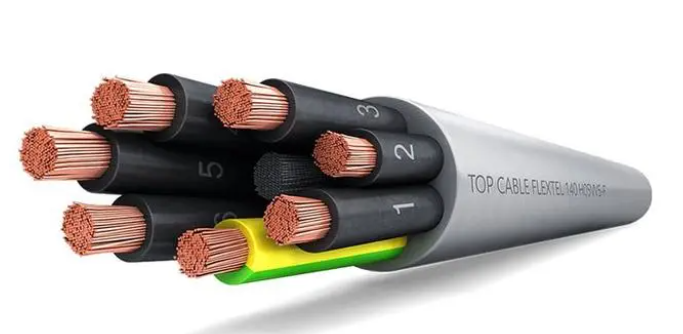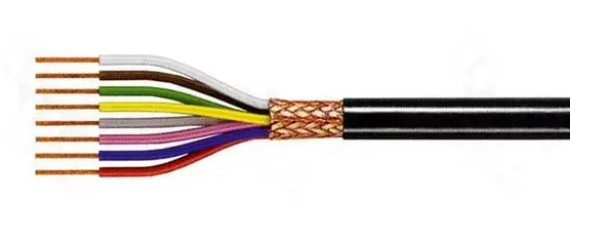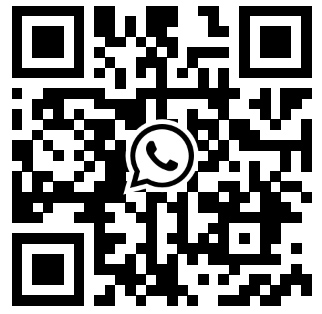What is the control cable and how to select it
Overview of control cable
Control cables are mainly multi-core cables used for automation equipment and instruments. The control cable can measure and adjust the transmission of the automation process. The control cable is usually produced according to the national standard (different specifications and models have different standards). The control cable has several different specifications, including no shield (conductor, insulation, sheath structure), braided shield (conductor, insulation, shielding layer, sheath) or twisted pair shield (conductor, insulation, two conductor twisted shield, general shield, sheath).

How to select control cable?
Flexibility is a concern when selecting control cables. However, it is more important to confirm whether the place you want to use requires power cables with high flexibility or continuous bending of cables. In automatic equipment, there may be certain requirements for continuous bending of cables, but more places only need to have a certain flexibility, so that the control cables can be correctly routed in your equipment and make it work normally and continuously.

Application of control cable
The specifications and even appearances of control cables vary greatly according to their different uses, including but not limited to: round wires, flat wires, shielded wires, unshielded wires, etc., so that they can be used for assembly lines and signal control lines of different automation equipment, instruments and even robot technology.
 中文
中文 







